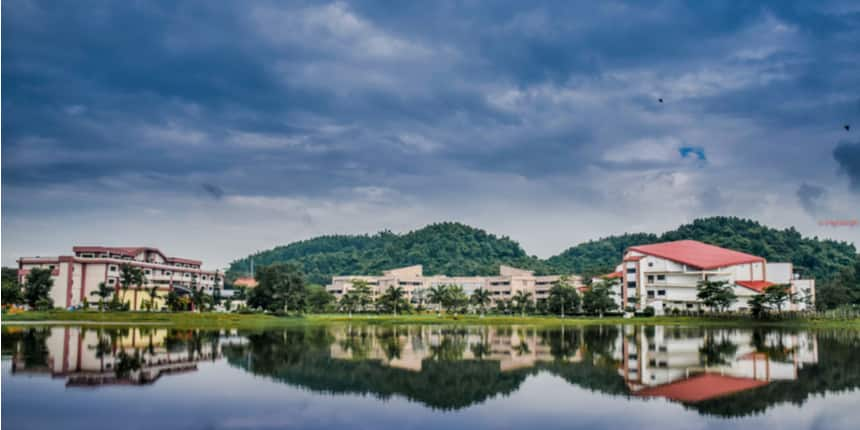IIT-Guwahati researchers develop model to understand water flow in braided rivers
Press Trust of India | December 22, 2023 | 03:21 PM IST | 1 min read
IIT Guwahati: BRAHMA-2D successfully tested on the Brahmaputra near Majuli Island, a hotspot for riverbank erosion.

NEW DELHI: Researchers at the Indian Institute of Technology, Guwahati (IITG) in collaboration with the Brahmaputra Board, under the Union Ministry of Jal Shakti, have developed a model to understand the flow of water in large braided rivers. The initiative is aimed at providing valuable insights to engineers to design sustainable structures for river bank protection measures, a researcher said on Friday.
The model - BRAHMA-2D (Braided River Aid: Hydro-Morphological Analyzer) - was successfully validated on the Brahmaputra river near Majuli Island, the second largest freshwater river island in the world and prone to river bank erosion. It will help understand how fast water moves at different depths in a river, he said.
The research, led by Prof Arup Kumar Sarma of the Department of Civil Engineering, has developed a comprehensive mathematical model to help predict river flow variations across depths, which is "crucial for flood and erosion control, agriculture, water supply intake design and energy production".
''Our model combines highly complex mathematical modelling with field-based research on large braided rivers. With this river flow model, we can understand how fast water moves at different depths in a river and its circulation around a structure like a spur installed to prevent river bank erosion'', Sarma said. The research also delves into how river banks, spurs and sandbars affect the way water moves, he said, adding that the model has helped design bio-engineering methods for controlling river bank erosion.
It has also been applied to understand the habitat suitability of aquatic species, especially endangered ones, based on the availability of required depth and flow velocity, he added. The findings were published in the ISH Journal of Hydraulic Engineering, earning the prestigious 'ISH Jal Vigyan Puraskar' (Best Paper in ISH Journal) 2023. The paper has been co-authored by Sarma and his former research scholar Dr Anupal Barua.
Follow us for the latest education news on colleges and universities, admission, courses, exams, research, education policies, study abroad and more..
To get in touch, write to us at news@careers360.com.